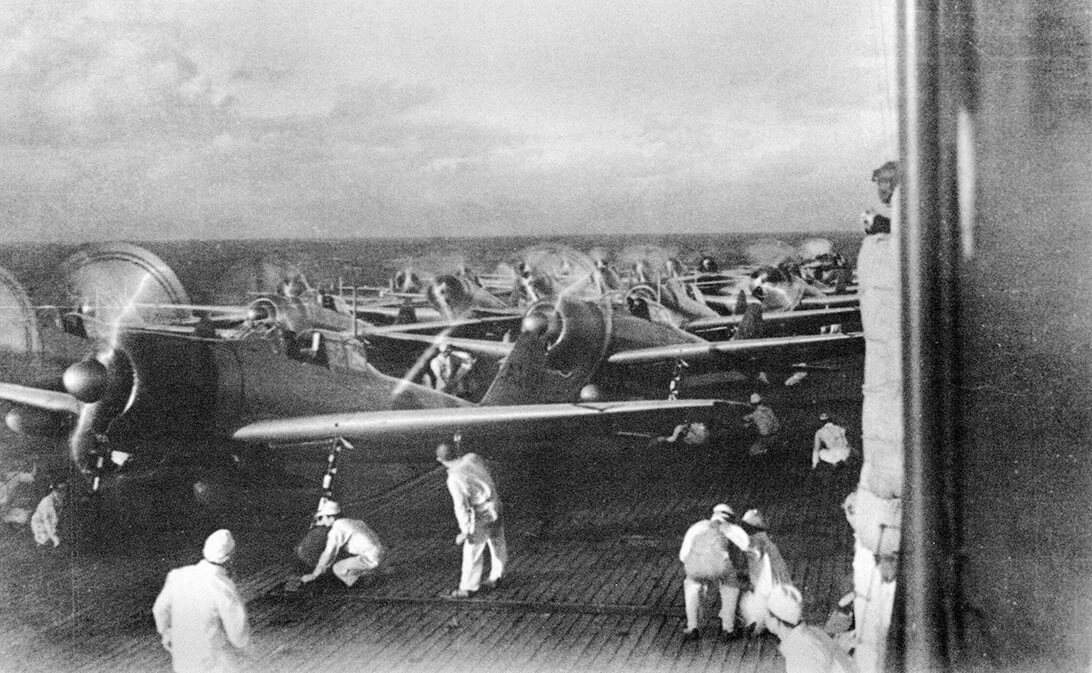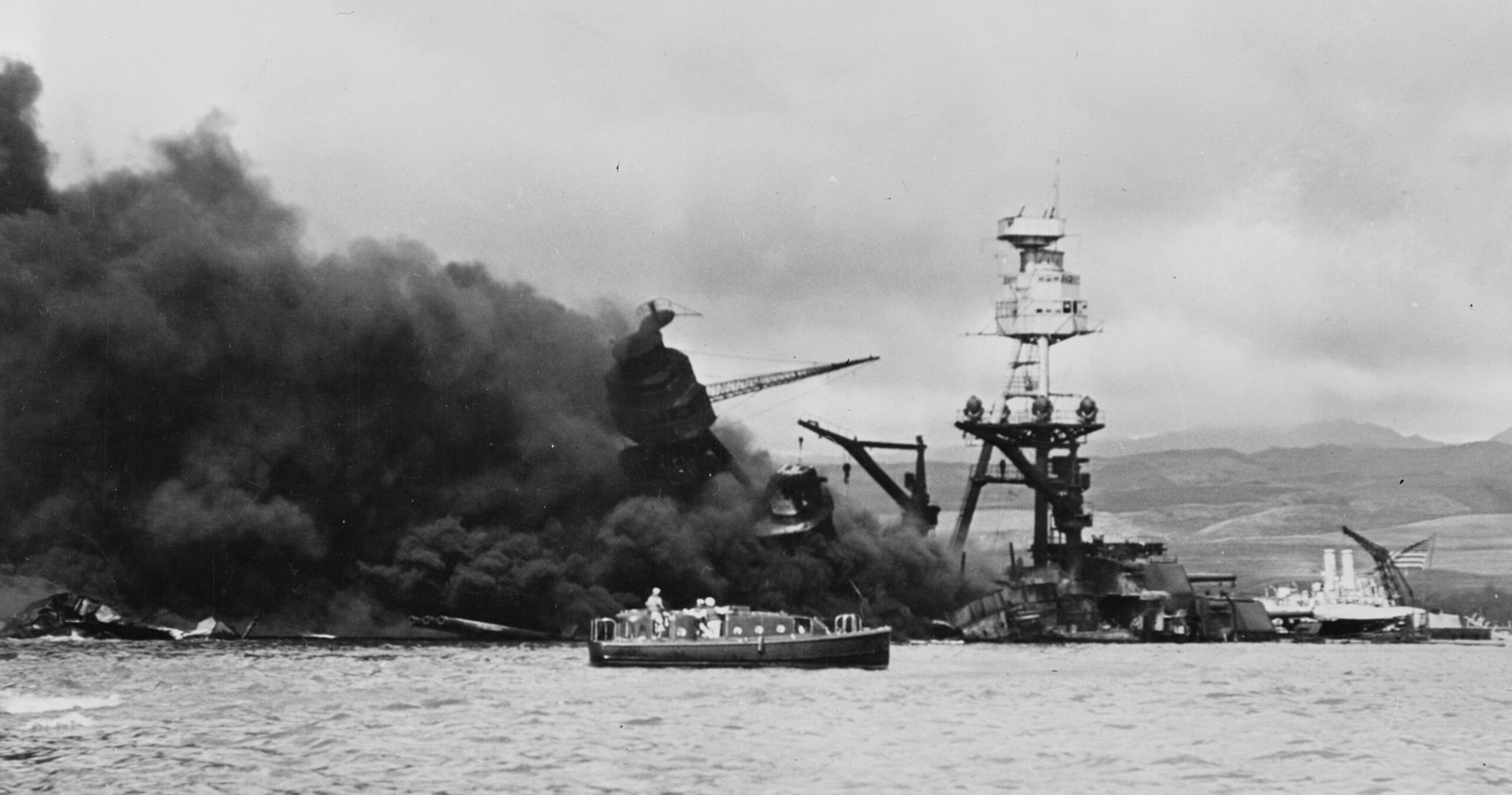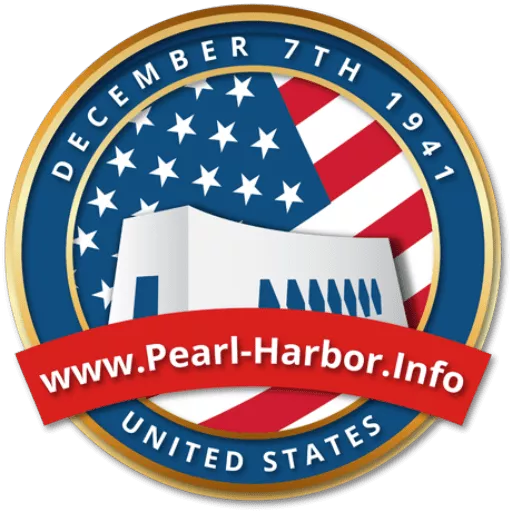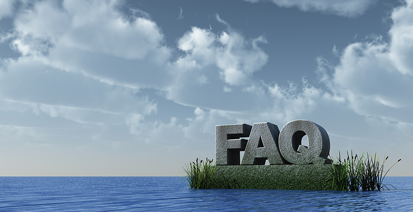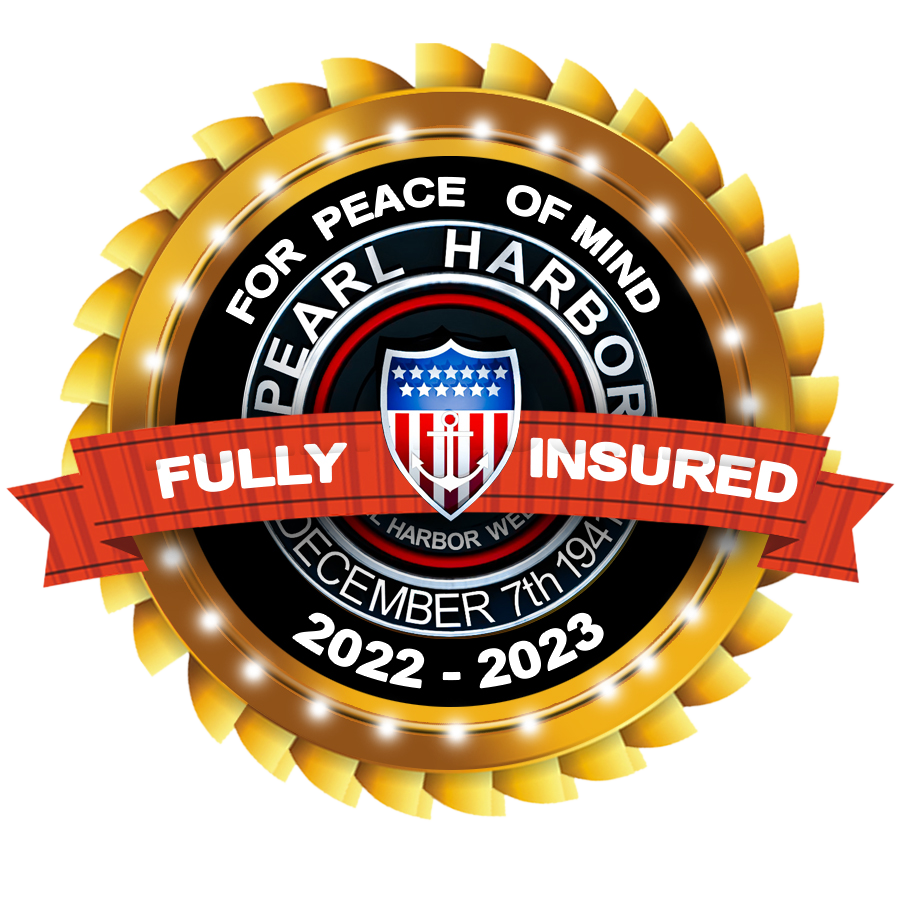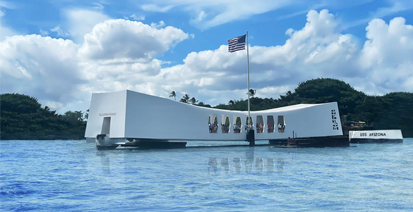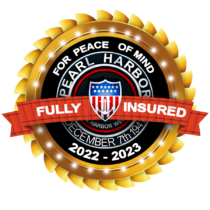The Japanese Imperial Air and Navy Forces destroyed the following ships during the Pearl Harbor Attack. Thousands of American service members were killed. Please click on each vessel’s name to find more info and US casualties.
At 7:49 AM on a quiet Sunday morning, Japanese aircraft commenced an attack on the US Pacific Fleet at Pearl Harbor. The attack, which brought the United States into what would be called WWII, was a surprise attack. There were a large number of U.S. casualties in the Pearl Habor Attack. In total, there were 2,335 US service members killed and 1,143 wounded. Around half of them, 1,177, were killed when the USS Arizona exploded due to her ammunition magazines being set off by a Japanese bomb. While the attack lasted 90 minutes from start to finish, the planning for this attack began months before. The attack on Pearl Harbor was inspired by the Royal Navy of the United Kingdom. On the night of November 11-12, 1940, aircraft from the Fleet Air Arm attacked the Italian Fleet at anchor in the port of Taranto. The attack was a resounding success; three Italian battleships were damaged, as well as other ships, significantly weakening the Italian Navy for some time. This was a resounding victory for the United Kingdom. However, another power on the other side of the world that had aircraft carriers of its own was watching. Tensions between the United States and the Empire of Japan had been rising due to Japan’s war against the Republic of China. The last straw for Japan came when the United States cut off its shipments of scrap iron and oil. Cut off from vital raw materials critical to Japan’s war in China. The Japanese government decided to attack the US base at Pearl Harbor in order to allow Japan to take British and Dutch holdings in Asia without fear of US intervention. Japan had sent a delegation to Washington, D.C., for negotiations though most did not have high hopes that the talks would accomplish much. Meanwhile, planning for the attack began in the Spring of 1941 with the understanding that war was unavoidable. The architect of the attack was Admiral Isoroku Yamamoto. He reluctantly took on the task of planning the attack on Pearl Harbor. The planning and training were undertaken in secrecy using a similar bay in Japan.
On November 26, the six aircraft carriers of the Mobile Fleet, along with their escorting vessels, departed Hitokappu bay in the Kurile Islands. The ships maintained strict radio silence, and they sailed well away from established shipping lanes to avoid detection. At 6:10 AM on the morning of December 7, 1941, 183 planes took off from the Japanese Carriers 200 miles north of the Island of Oahu and began making their way to Pearl Harbor. Interestingly, the attack was almost not a surprise. A radar station at Opana on Oahu detected a large formation of aircraft heading for the Island. When they reported the contact to their superior, he told them to disregard it, thinking that it was a flight of B-17 bombers that was expected to arrive that morning. In addition to that, a submarine was detected attempting to slip past the anti-submarine nets and enter Pearl Harbor. This submarine was spotted, attacked, and sunk by the destroyer USS Ward. Their report was not taken seriously, and the Pearl Harbor command logged it as a false contact. Unfortunately, these two chances to sound the alarm were lost. The first wave of aircraft arrived over Pearl Harbor at 7:49 AM. They targeted the airfields and battleships lying at anchor. The USS Arizona was one of the first ships destroyed. A second wave of 171 aircraft arrived over Pearl Harbor at 8:54 AM. They attacked other ships in Pearl Harbor as well as Kaneohe Naval Air Station. They were supposed to attack the aircraft carriers in the harbor, but none were present. The attack lasted around 90 minutes and left thousands of Americans dead and wounded.
